Dissolving Pain
Simple Brain-Training Exercises
for Overcoming Chronic Pain
Les Fehmi, PhD, and Jim Robbins
 TRUMPETER Boston & London 2011
TRUMPETER Boston & London 2011
NOTE TO THE READER: This book is not intended as a substitute for medical advice or treatment.
TRUMPETER BOOKS
An imprint of Shambhala Publications, Inc.
Horticultural Hall
300 Massachusetts Avenue
Boston, Massachusetts 02115
trumpeterbooks.com
2010 by Les Fehmi, PhD, and Jim Robbins
Cover design by Jim Zaccaria
All rights reserved. No part of this book may be reproduced in any form or by any means, electronic or mechanical, including photocopying, recording, or by any information storage and retrieval system, without permission in writing from the publisher.
Library of Congress Cataloging-in-Publication Data
Fehmi, Les.
Dissolving pain: simple brain-training exercises for overcoming chronic pain / Les Fehmi and Jim Robbins.1st ed.
p. cm.
Includes index.
eISBN 978-0-8348-2209-2
ISBN 978-1-59030-780-9 (pbk.: alk. paper)
1. Chronic painExercise therapy. 2. Alpha rhythm. 3. Visual evoked response. I. Robbins, Jim. II. Title.
RB127.F44 2010
616.0472dc22
2010015975
I would like to herald the literary contributions of my coauthor Jim Robbins. He is a wordsmith of the highest order, who has deftly researched the context of the Dissolving Pain process. He was able to convert academic concepts into cogent prose, describing the subtle realities mentioned in this book. Without him, this enterprise could not have been executed or otherwise conceived.
I am pleased to acknowledge the many clients and staff whose efforts and practice contributed to the making of this book. My many thanks go especially to Phyllis Loften, Caroline Loften, and Bruce Ehmer, who tirelessly and energetically read and reviewed this book, typing its many revisions and catching important mistakes.
My thanks go to the staff of Shambhala Publications for their insight and valuable suggestions. Thanks to Ben Gleason and especially to Eden Steinberg, who is a gift to the literary arts and an insightful leader in accomplishing our goals.
I am grateful to my children, Laura, Jeff, and Emy Fehmi, who read and made many valuable suggestions.
The greatest personal and professional credit belongs to Susan Shor Fehmi who has worked with me in Open Focus, side by side, at the Princeton Biofeedback Centre for over thirty years. These are the wonderful years.
R ENEE IS A LAWYER who had her right knee joint replaced with an artificial one. In her hospital room the first night after surgery, her knee throbbed painfully, to the point that she could no longer bear it. The doctor had prescribed OxyContin, a powerful opiate for pain relief, but after she took it, her knee still throbbed. Moreover, the medication nauseated her and she couldnt sleep.
Renee, however, was prepared. Years earlier she had suffered from chronic lower back pain, and she had learned a powerful technique at our clinic for alleviating pain. I am a clinical psychologist and researcher, and for more than forty years, Ive been teaching individuals how to improve their emotional and physical health using mental exercises in an approach I call Open Focus. These exercises involve nothing more than changing the way we deploy our attention.
In the hospital that night, Renee took out a compact disc player and listened to an Open-Focus exercise that guided her in dissolving her physical pain. A few minutes after she began the exercise, the pain in her throbbing knee started to subside. Twenty minutes later, before the exercise was over, the pain was gone. She then used the exercise to help with the feelings of nausea. Within fifteen minutes, her stomach settled and she was able to sleep through the night.
Renees story may sound remarkable, and yet at our clinic we hear many such stories from our patients. This book presents the techniques that Renee and others have used to alleviate pain of all kinds. It also explores recent scientific research demonstrating that pain, whatever its causes, resides principally in the brain and can therefore be treated by working with the mind in specific ways.
Martins problem was different from Renees. He suffered cluster headaches for years, and they greatly impacted the quality of his work in a demanding job as a stock trader in Manhattan. At first he worked through his headaches, trying to ignore the pain or taking ibuprofen for some relief. Cluster headacheswhich can be so excruciatingly painful they are dubbed suicide headachesare characterized by a sudden onset of sharp pain, usually on one side of the head, which last from fifteen minutes to several hours. They come in groups over a week or two and then subside for a while. When Martins headaches worsened, he started taking prescription medication so that he could keep working. Finally, even with medication, the pain became unbearable.
He came to our clinic for help, and as he and I were talking, he said he could feel the faint beginnings of a headache (something sufferers call shadows). I took him into a treatment room, where he listened to exercises similar to those Renee had used. Then and there, his shadow headache went away and did not develop into a full-blown cluster headache that day.
Relief for both Martin and Renee came from following spokenword exercises such as the ones you will find in this book, which guided them to pay attention to their physical pain in ways they dont normally do and allowed their bodies to quickly dissolve feelings of physical pain. The Open-Focus approach to pain consists of powerful yet simple techniques that are effective with almost any kind of pain, physical or emotional. And virtually anyone can learn them and use them to improve the quality of their lives.
We Have the Power to Heal Ourselves
The human central nervous system is the crowning achievement of nature, from the three-pound brain to the complex web of forty-five miles of nerves in our muscles and skin to our heart and stomach, which have smaller nervous systems of their own. This elegant biological equipment loves; creates art; reads books and watches movies; eats; enjoys nature and food; experiences feelings of fear, despair, transcendence, and, yes, pain. Yet we seldom think about the miracle that is our nervous system until a problem arises.
The nervous system is even more wondrous than we know. One of its greatest yet often unrecognized functions is the extent to which it is self-regulating. Many problems commonly seen as beyond our control, from anxiety to depression to physical pain, can be healed without prescribed medications or other medical interventionsif we know how. The control dial that engages this self-healing mechanism is how we pay attentionboth to the world around us and to our inner world of thoughts and feelings.
Most of us are stuck in one mode of attention that I call narrow-objective focus. This is a highly concentrated, emergency mode of attending. It can be a productive and useful form of attention, allowing us to accomplish challenging tasks. But we tend to greatly overuse it, and, because it is our minds emergency mode, it engages the high frequencies of the brains electrical activities, keeping the nervous system in overdrive.
In my view, it is the overuse of narrow-focus attention that often leads to anxiety, depression, attention deficit disorder, muscle tension, and physical pain. When we discover the alternative styles of attention at our disposal and learn to use them, we can treat many problems on our own, including physical pain of almost any type. This book shows you how.
My wife and colleague, Susan Shor Fehmi, and I specialize in the treatment of pain, whether migraines, cluster headaches, neck and back pain, joint pain, phantom limb pain, pain from traumatic injury, or chronic pain anywhere in the bodyas well as the emotional factors that often accompany and exacerbate physical pain, including anxiety and depression. We have effectively treated all these forms of pain simply by helping people change the way they deploy their attention. The techniques presented in this book are based on a series of experiments I conducted as a graduate student in the field of brain research. They are also based on our experience treating patients for the past thirty-five years at our clinic.
Next page
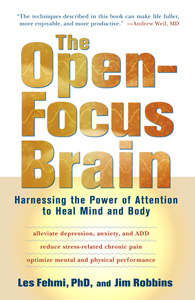
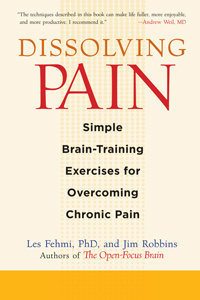
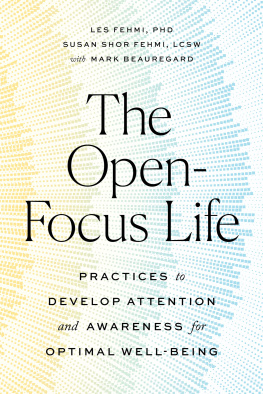
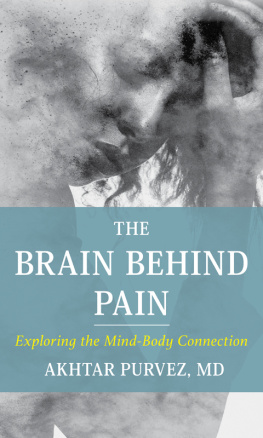
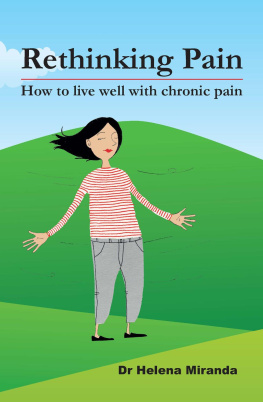

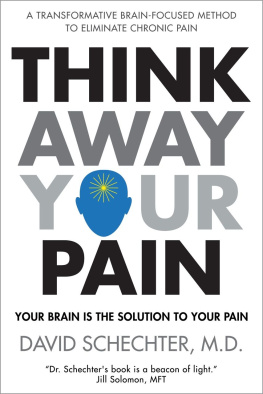
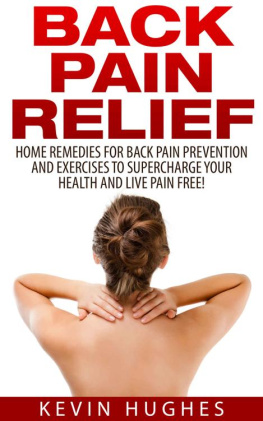
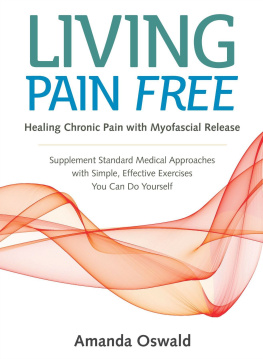
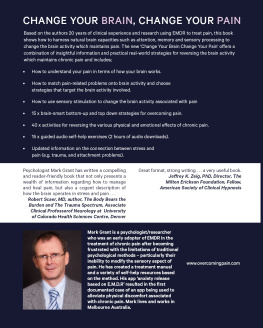
 TRUMPETER Boston & London 2011
TRUMPETER Boston & London 2011